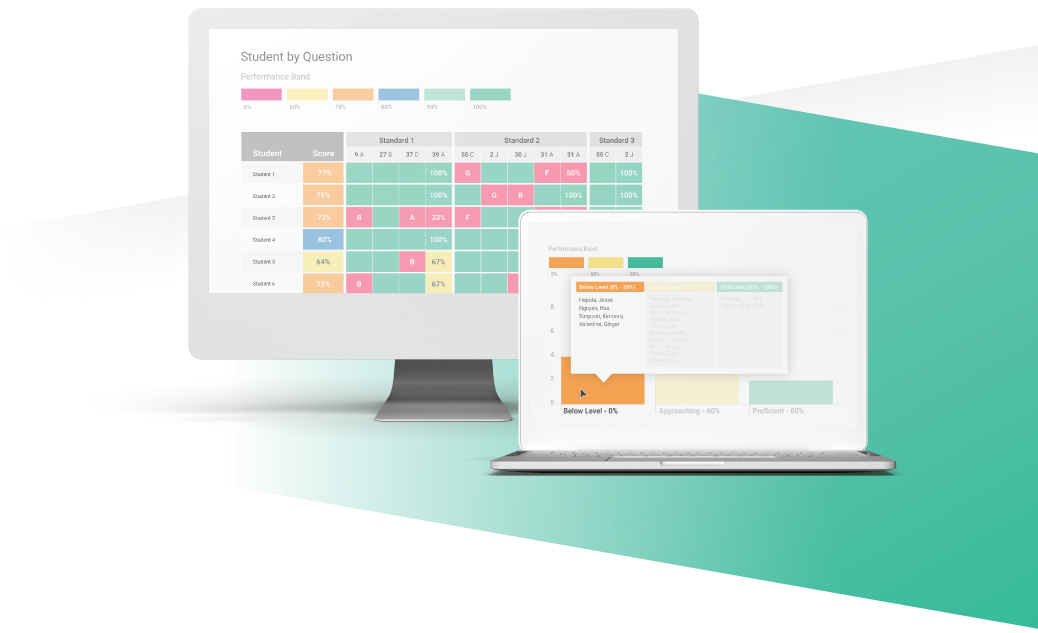Responsive learning environments typically involve frequent formative assessments to gauge how well students absorb classroom instruction. To handle the corresponding high volume of paper grading, many teachers rely on test grader apps that can expedite the scoring process.
However, teacher-graded rubrics are a more effective approach to evaluating performance and comprehension in English, history, and other humanities classes that tend to have more essay assignments, oral presentations, and project-based work. That appears to rule out standard bubble form graders for teachers in those subject areas, leaving them without any grading assistance at all.
Scoring with Rubrics
Rubrics establish a guide for evaluating the quality of student work. Whether scoring an essay or research paper, a live performance or art project, or other student-constructed responses, rubrics clearly delineate the various components of the assignment to be graded and the degree of success achieved within each of those areas.
These expectations are communicated to the student at the beginning of the assignment and then scored accordingly by the teacher upon completion. The dilemma is how to simplify and speed up the grading process when score determination must be done directly by the teacher.
Make what teachers already do… easier!

Because Gradient was the brainchild of experienced teachers, creating a solution for handling time-consuming rubric assignments was a priority. Obviously, there is a certain amount of teacher time required to score these assignments that simply can’t be avoided, but there is also a way to streamline this process and save time on the backend for score collection, data review, and grade transfer.
Rather than using student-completed answer forms like regular tests, Gradient allows teachers to create teacher-completed rubric forms that can be quickly and easily filled in, scanned, and recorded automatically. This speeds up the assignment and transfer of grades, as well as the data generation necessary to review and respond to areas of concern.

